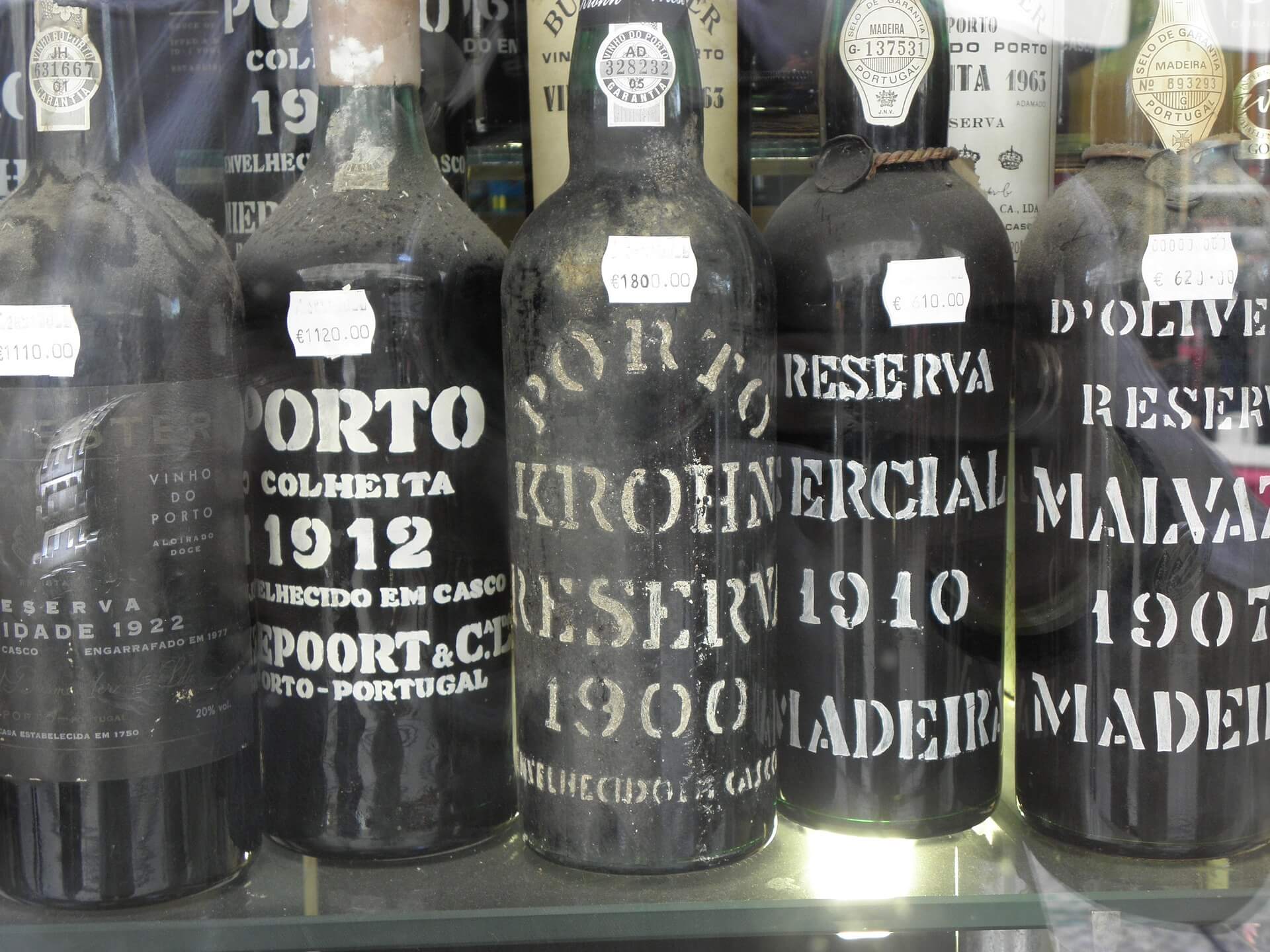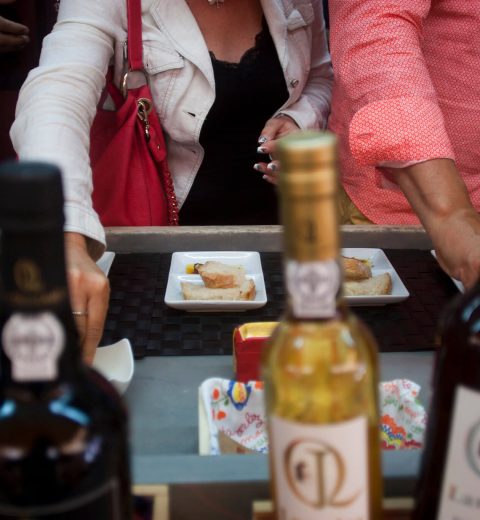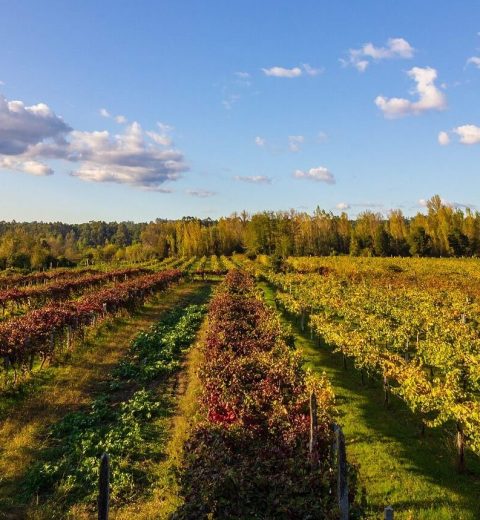Port Wine is a sweet fortified wine produced exclusively in the Alto Douro region in northern Portugal. It is one of the most famous wines in the world, known for its rich and complex flavor, aroma of dried fruits, and dark red color. The city of Porto, located at the mouth of the Douro River, is the epicenter of its production and trade.
The history of Port Wine dates back to the 17th century when British merchants began importing wine from Portugal. Due to the long duration of the boat trip, the wine was fortified with brandy to preserve its flavor and quality. Over time, Portuguese producers began producing fortified wine in the country and the Controlled Denomination of Origin (DOC) of Port Wine was developed.
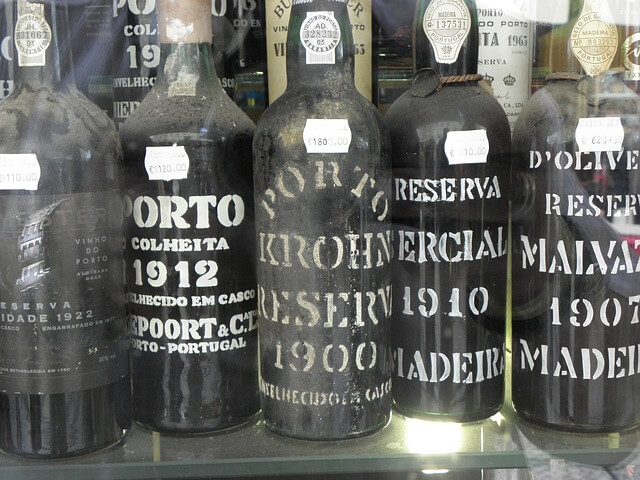
There are several types of Port Wine, each with its own characteristics and production processes. White Port is made with white grapes, while red Port is produced with red grapes. In addition, Port can be ruby, tawny, LBV (Late Bottled Vintage), or vintage.
Ruby wine is characterized by its dark red color and fruity and sweet taste. Tawny wine, on the other hand, has a more complex flavor and ages in oak barrels for several years, acquiring a golden brown color. LBV is a blend of several wines from a single year, bottled after four to six years of aging. Vintage Port Wine is produced only in exceptional years and ages in the bottle for several years before being consumed.
Port Wine is a gem of world oenology, with a rich history and a complexity of flavors and aromas that make it unique. The city of Porto offers an incomparable tourist experience for wine and culture lovers.
The vineyards that produce the grapes used to make Port Wine are grown in the Alto Douro region, one of the oldest wine regions in the world. The Alto Douro region was the world’s first demarcated wine region, in 1756, and is known for its impressive landscape and long wine-making tradition. The region is located in northern Portugal, near the border with Spain, and extends along the Douro River.
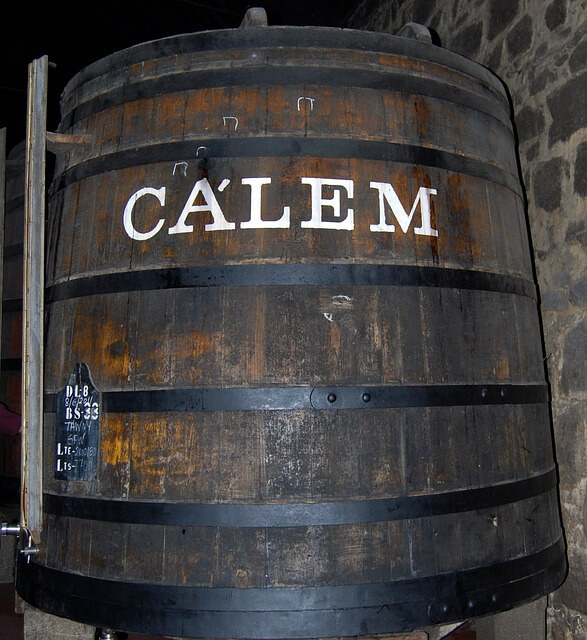
Port Wine cellars are located in the city of Vila Nova de Gaia, and popular cellars include Sandeman, Graham’s, Taylor’s, Ferreira, and Ramos Pinto, among others. Visits to the cellars usually include a guided tour of the production facilities, where the wine-making process is explained, from grape harvesting to fermentation and aging. Tastings of the different types of Port Wine can also be conducted, and food and live music pairing programs are offered.
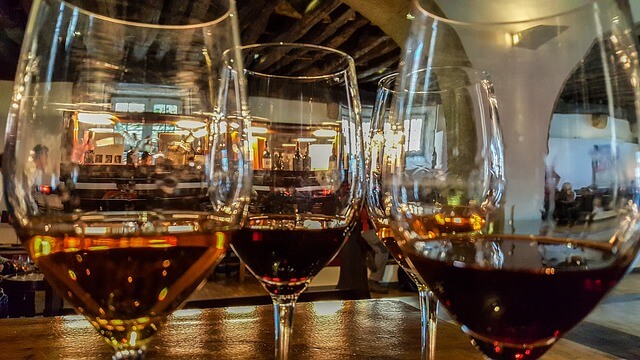
In addition to cellar visits, it is also possible to take tours of the vineyards in the Alto Douro, where you can see the vineyards that produce the grapes used in the production of Port Wine. These tours often include visits to quintas, which are the properties where the grapes are grown, and the most impressive natural landscapes in the Alto Douro region.
In summary, Port Wine is one of the most famous and appreciated wines in the world, with a long history and a complexity of flavors and aromas that make it unique. The city of Porto in Portugal is the epicenter of Port Wine production and trade, and offers many options for visiting cellars, touring vineyards, and enjoying the region’s tourist attractions. If you are a wine lover, you cannot miss visiting Porto and experiencing the wonderful culture of Port Wine up close.
SUGGESTION:
Visit a Port Wine cellar and have a wine tasting. If you wish, you can book here.



